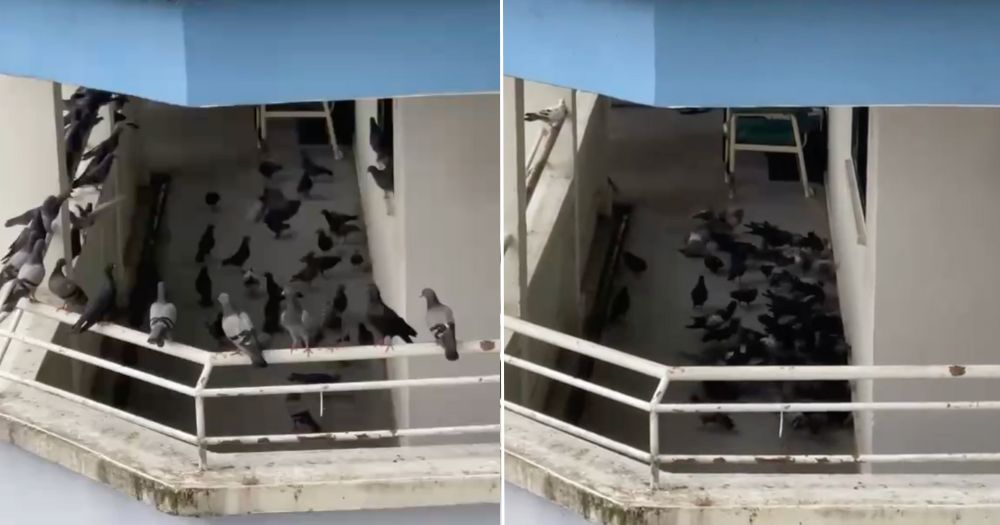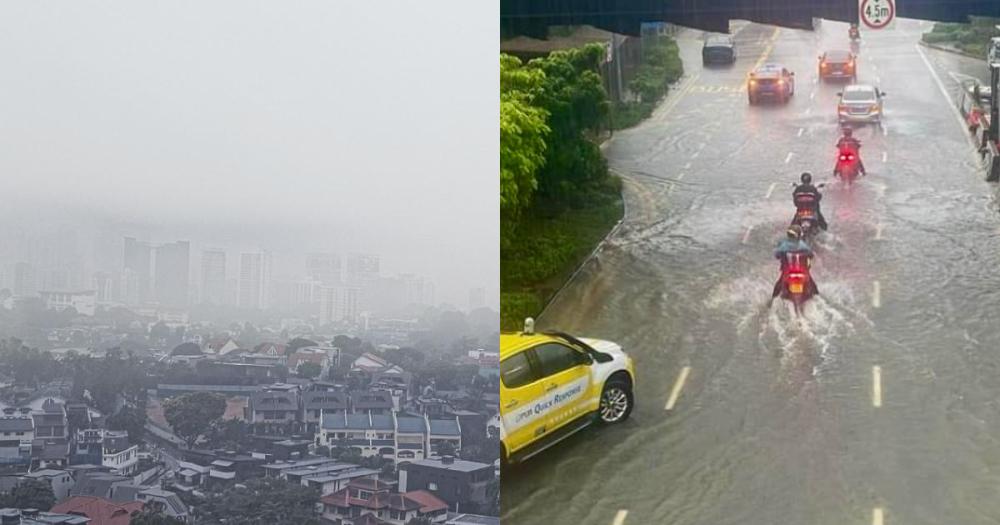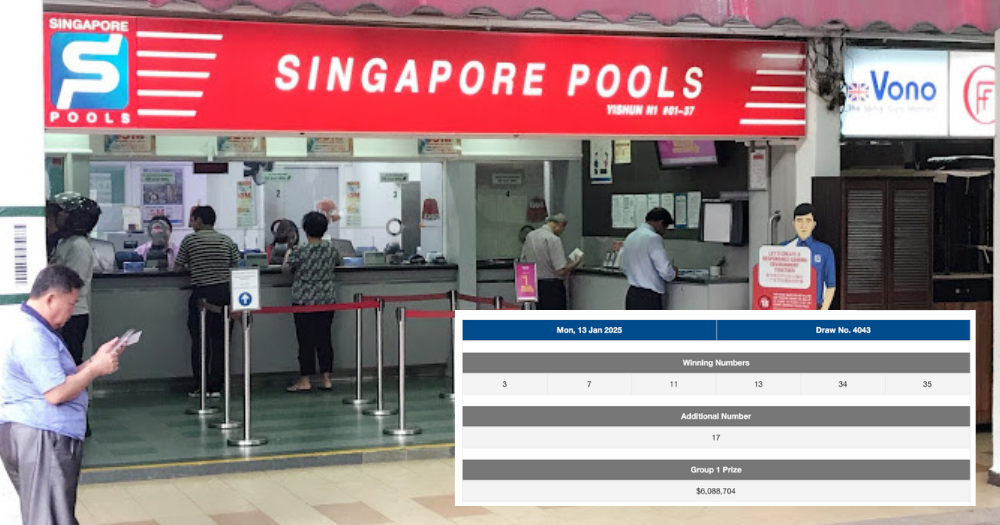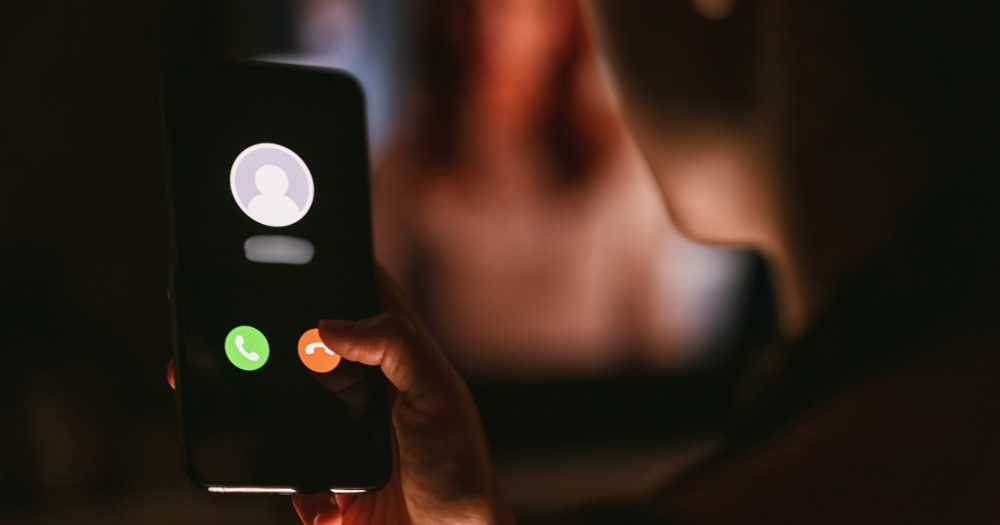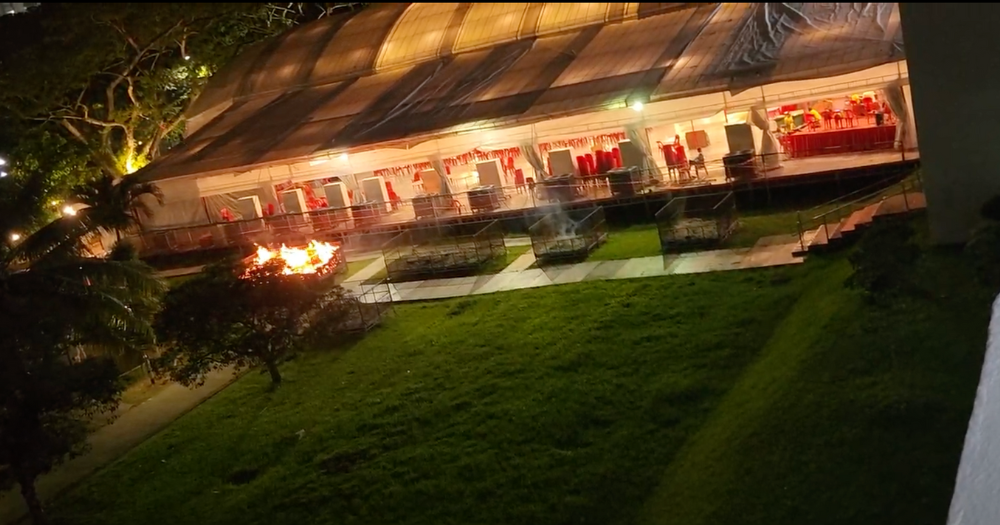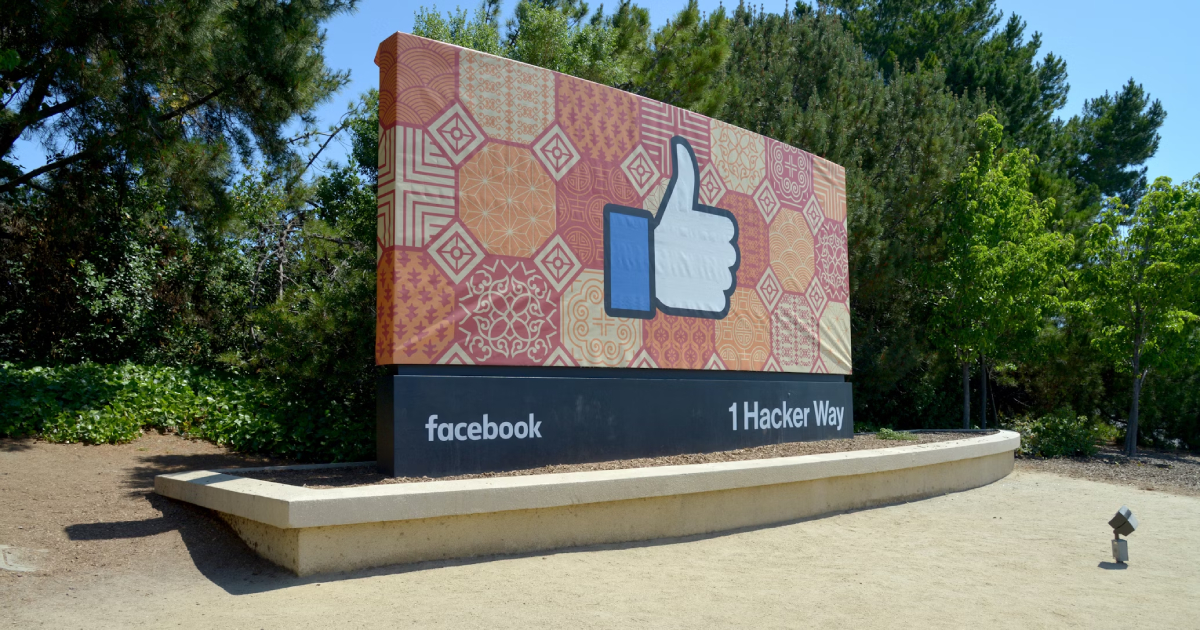Bird Paradise trialling 'cool paint' on sheltered walkways, finds it reduces ambient temperature by 1°C
Pretty cool indeed.
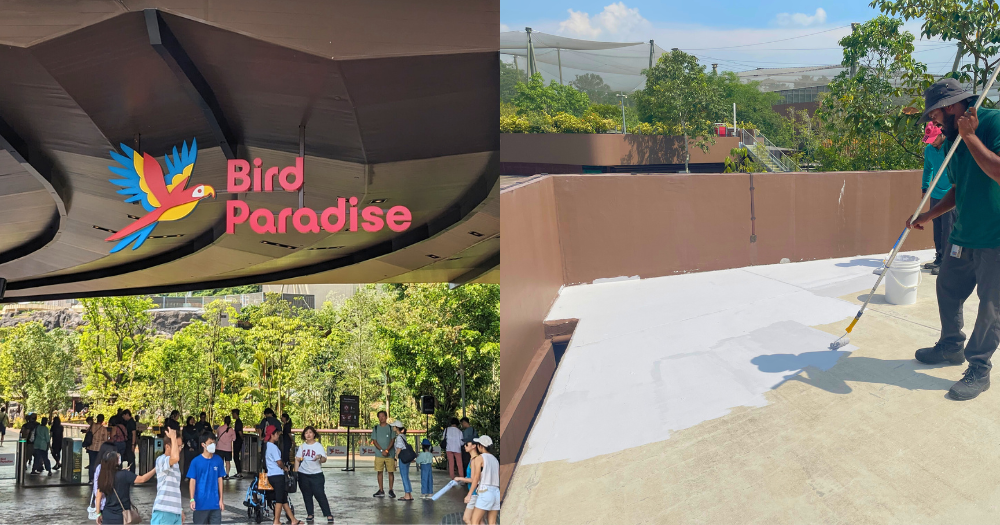
When you next visit Bird Paradise, expect a cooler experience — not just at the penguin habitat, but at certain areas within the compound.
In collaboration with RCTech and Nanyang Technological University Singapore (NTU), Mandai Wildlife Group has been trialling the use of "cool paint" across its parks.
Developed by a team of researchers at NTU who had been studying sustainable methods for energy efficiency, cool paint contains additives that reflect the sun’s heat to reduce surface heat absorption and emission.
Cool paint emerged as a natural solution to address the challenges of climate change and global warming, NTU Associate Professor Ng Bing Feng, the lead investigator of the study, told Mothership.
How cool paint works
Coined as a "passive solution" — one that requires no energy input or mechanical parts to generate cooling — cool paint can significantly lower surface temperatures, said Ng.
It is also an innovative way to mitigate the Urban Heat Island (UHI) effect, a phenomenon where urban areas experience higher temperatures as buildings packed close together trap heat.
This effect is prevalent in Singapore due to the high density of buildings, NTU said in a March 2024 press release on cool paint.
Cool paint is especially ideal in Singapore's context because of two key reasons: high solar radiation, and how numerous buildings and surfaces use paint extensively for coverage, said Ng.
Cool paint is generally "indistinguishable" to ordinary paint with the naked eye, and can be applied to any surface that ordinary paint can, shared Ng.
Initial phases
Prior to its cool paint pilot at Mandai, NTU had also conducted a series of trials in an industrial area of Singapore, coating various surfaces such as roofs, walls and road pavements.
 Photo from NTU Singapore
Photo from NTU Singapore
The team found that cool paint was able to improve pedestrian thermal comfort levels by up to 1.5°C, compared to an adjacent area without cool paint.
This was measured using the Universal Thermal Climate Index, which takes into account temperature, relative humidity, thermal radiation, and wind speed.
Additionally, cool paint-coated roofs were also able to reflect 50 per cent more sunlight and absorb up to 40 per cent less heat, the study found.
 Photo from NTU Singapore
Photo from NTU Singapore
Lead author E V S Kiran Kumar Donthu, a research fellow at Energy Research Institute @ NTU, shared that cool paint presents a "minimally intrusive solution for urban cooling that has an immediate effect".
This is in comparison to other options that often require major urban redevelopment to deploy.
Additionally, cool paint also helps reduce the energy consumption from indoor air-conditioning by reducing the amount of heat absorbed by urban structures, and the heat load in buildings.
Trial at Bird Paradise
In response to Mothership's queries, Deputy Vice President of Sustainable Solutions at Mandai Wildlife Group Ou Guojian shared that the pilot was meant to assess whether cool paint could be effective in improving thermal comfort for visitors to the wildlife parks.
The eight week-long trial, which began in October 2024, involved testing the paint on a variety of surfaces, such as rooftops, sheltered walkways and even concrete benches at Bird Paradise, shared Ou.
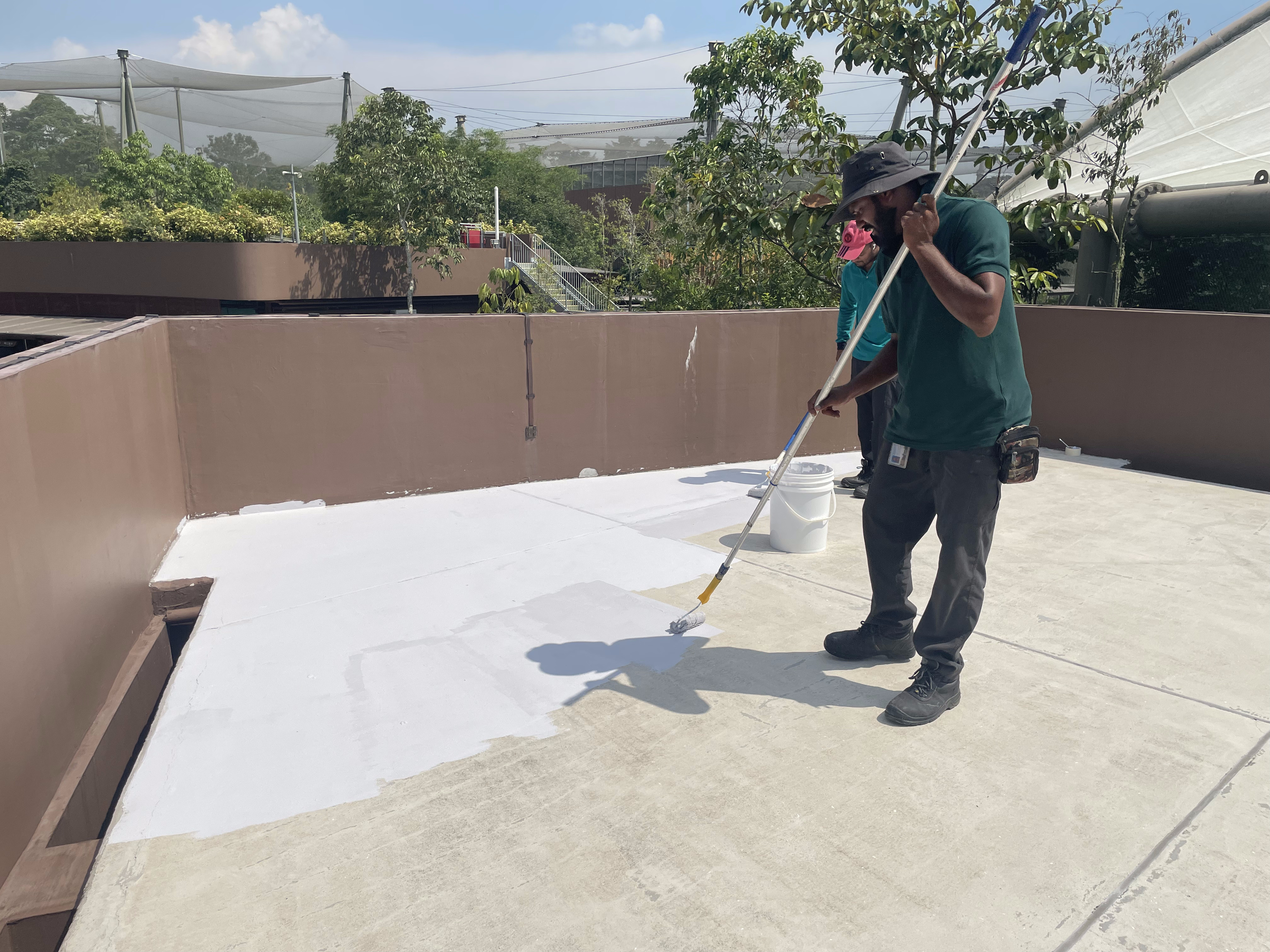 Photo from Mandai Wildlife Group
Photo from Mandai Wildlife Group
The team wanted to see if cool paint could reduce surface and air temperatures effectively, and ultimately enhance visitor comfort whilst lowering energy consumption, explained Ou.
Following the application of cool paint, a significant decrease in surface temperatures — with an average reduction of about 19°C — was recorded.
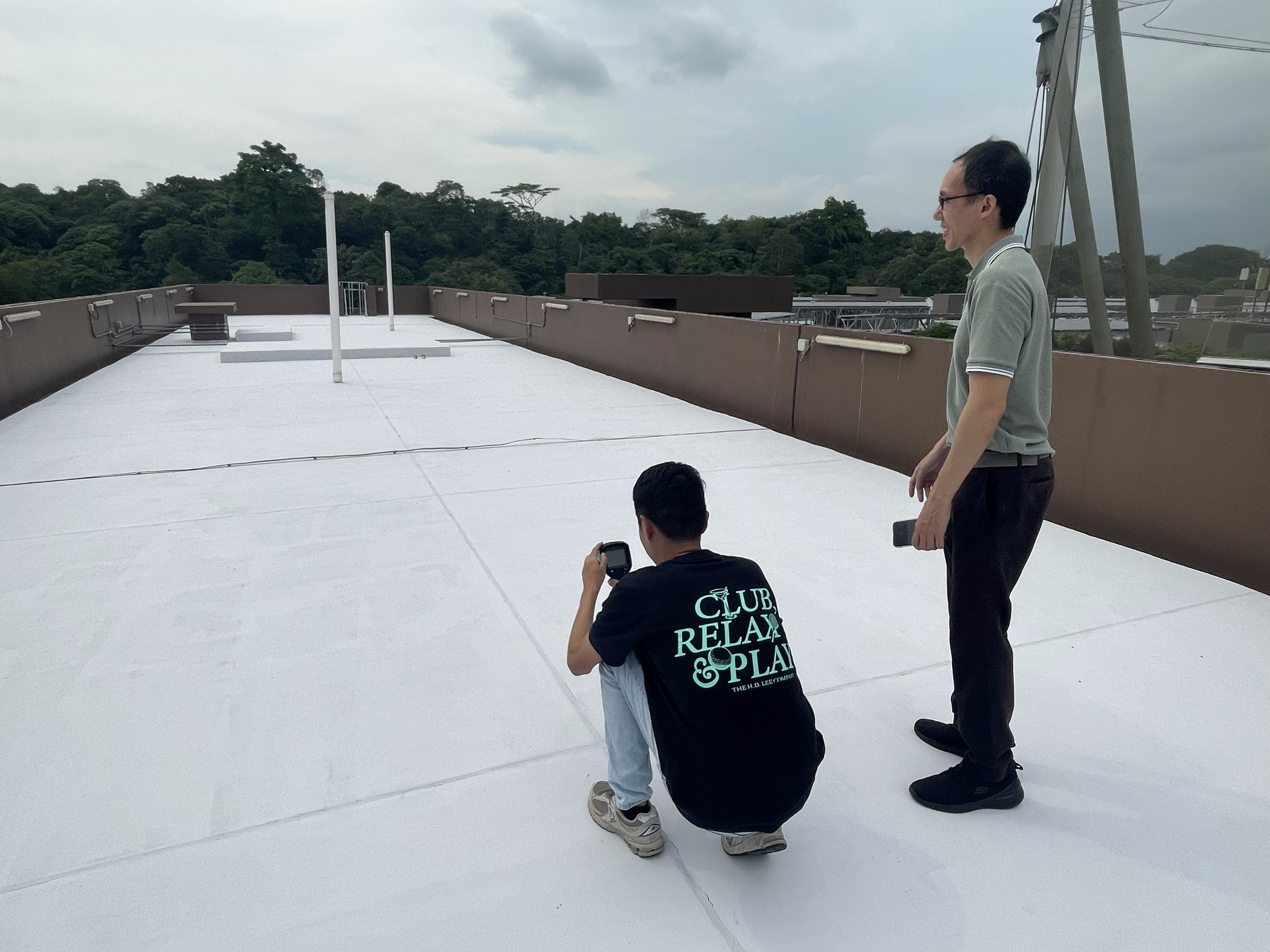 Photo from Mandai Wildlife Group
Photo from Mandai Wildlife Group
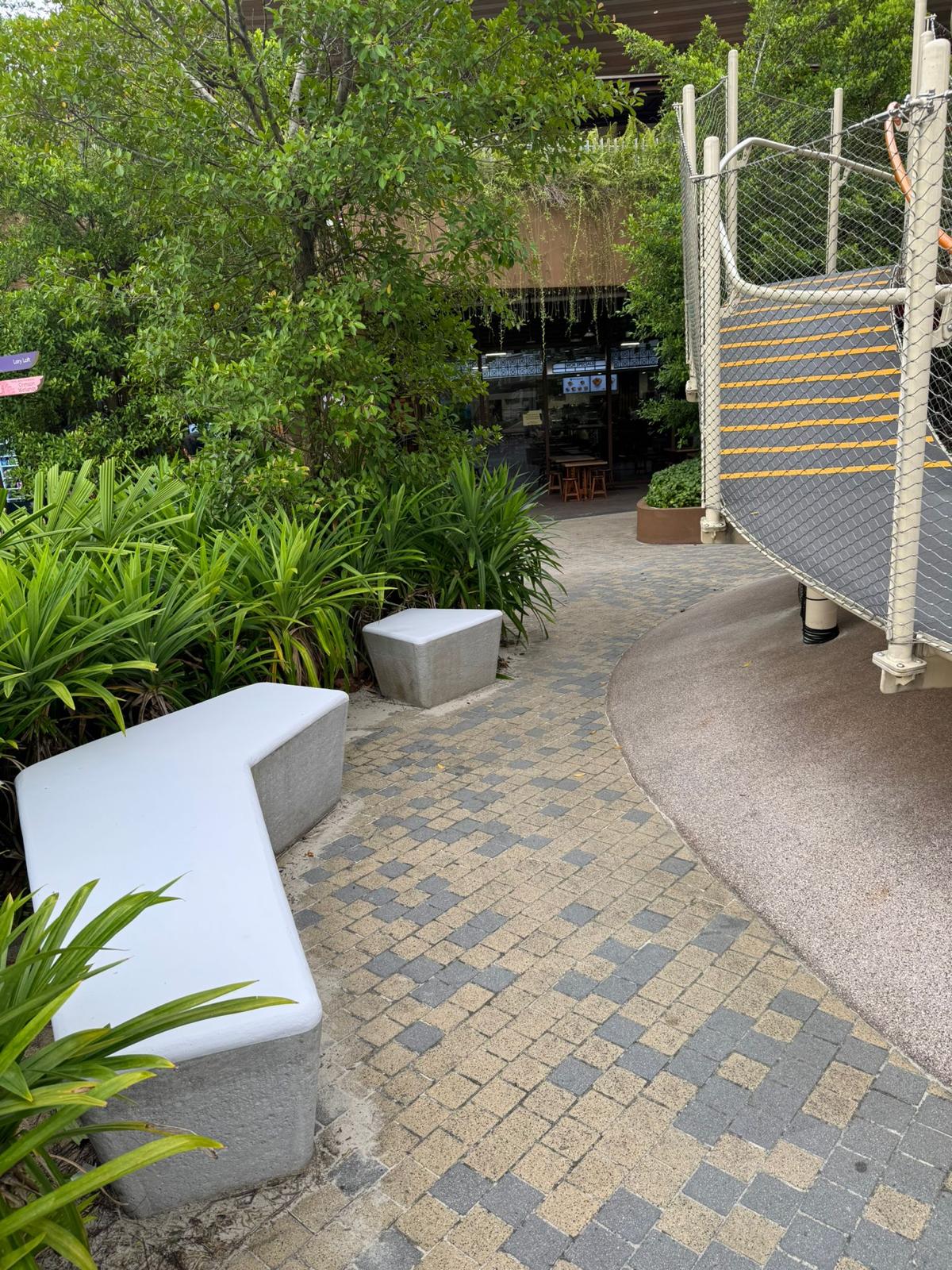 Photo from Mandai Wildlife Group
Photo from Mandai Wildlife Group
There was also a 1°C reduction in the daily average ambient air temperature under sheltered walkways treated with the cool paint.
When asked why Mandai was selected for the trial, Ng shared that Mandai had been "very keen" to explore solutions that would "enhance the visitors' experience with minimal disruption to the natural habitat".
"In this regard, cool paint fits the bill nicely," shared Ng.
Plans to expand use of paint
Apart from physical comfort, the paint has brought about additional perks of lowering the park's energy consumption levels.
"The results also indicated a 4.3 per cent decrease in energy consumption at one of the amenities buildings at Bird Paradise," said Ou.
"It is worth noting that there is potential for even greater cooling effects if east- and west-facing surfaces are also treated with cool paint."
These results have encouraged Mandai to consider expanding the use of "cool paint" throughout its vicinity as part of ongoing sustainability efforts and visitor experiences.
Top image from Mandai Wildlife Group
MORE STORIES









